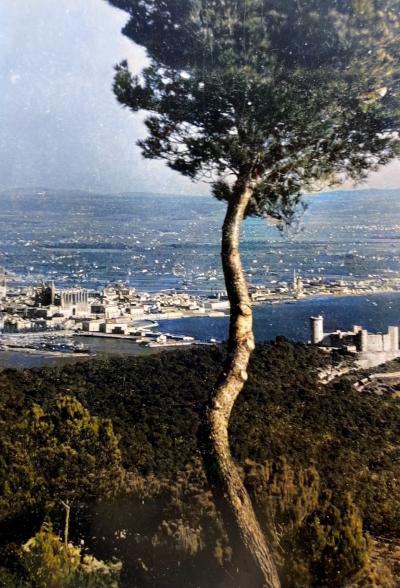Can the elevation and related microclimates of Mallorca influence the timing and success of olive flowering?
Similar Topics
mallorca elevation impact
olive flowering timing
microclimates mallorca
olive tree phenology
serra de tramuntana
altitude olive flowering
humidity olive success
mediterranean olive climate
The elevation and microclimates of Mallorca play a significant role in influencing the timing and success of olive flowering on the island. Mallorca's terrain is varied, with its coastal plains gradually rising towards the Serra de Tramuntana mountain range, which reaches heights of over 1,400 meters. This variation in altitude creates distinct microclimates that affect temperature, humidity, and exposure to sunlight, all of which are critical factors in the phenology of olive trees. At lower elevations, where the climate is warmer and typically Mediterranean, olive trees tend to flower earlier in the season due to milder winters and earlier onset of spring conditions.
Conversely, in the higher altitudes of Mallorca, cooler temperatures and a shorter growing season can delay the flowering period of olive trees by a few weeks. These elevated areas generally experience greater temperature fluctuations between day and night, which can slow down or stagger the flowering process. Moreover, areas with more exposure to wind or less direct sunlight, often found at higher elevations or shaded slopes, may see less uniform flowering, potentially affecting the overall success of pollination. Because olive trees rely on favorable weather during bloom for good fruit set, microclimates that bring late frosts or prolonged dampness can negatively impact flower viability and fruit development.
In addition to temperature, humidity levels associated with elevation influence flowering success. Higher altitudes tend to have increased humidity, which can promote fungal diseases during the flowering period, challenging the health of the blossoms and ultimately reducing fruit yield. On the other hand, the drier, sunnier conditions of the lower elevations support more consistent flowering and healthier olive groves. Growers in Mallorca carefully consider these climatic nuances, often selecting specific olive cultivars well suited to particular microclimates to optimize flowering success and harvest reliability.
In summary, the diverse elevation and related microclimates of Mallorca create a mosaic of flowering times and conditions for olive trees across the island. These environmental variations must be accounted for to ensure optimal flowering and olive production, highlighting the importance of local knowledge and adaptation in Mallorca’s centuries-old olive cultivation tradition.
Conversely, in the higher altitudes of Mallorca, cooler temperatures and a shorter growing season can delay the flowering period of olive trees by a few weeks. These elevated areas generally experience greater temperature fluctuations between day and night, which can slow down or stagger the flowering process. Moreover, areas with more exposure to wind or less direct sunlight, often found at higher elevations or shaded slopes, may see less uniform flowering, potentially affecting the overall success of pollination. Because olive trees rely on favorable weather during bloom for good fruit set, microclimates that bring late frosts or prolonged dampness can negatively impact flower viability and fruit development.
In addition to temperature, humidity levels associated with elevation influence flowering success. Higher altitudes tend to have increased humidity, which can promote fungal diseases during the flowering period, challenging the health of the blossoms and ultimately reducing fruit yield. On the other hand, the drier, sunnier conditions of the lower elevations support more consistent flowering and healthier olive groves. Growers in Mallorca carefully consider these climatic nuances, often selecting specific olive cultivars well suited to particular microclimates to optimize flowering success and harvest reliability.
In summary, the diverse elevation and related microclimates of Mallorca create a mosaic of flowering times and conditions for olive trees across the island. These environmental variations must be accounted for to ensure optimal flowering and olive production, highlighting the importance of local knowledge and adaptation in Mallorca’s centuries-old olive cultivation tradition.
🧩 Related Questions
Related Question
How do economic fluctuations in fruit market prices influence the livelihood of fig pickers in Mallorca?
Related Question
What challenges do Catalan-language media face in competing with Spanish-language content on the island?
Related Question
How do seasonal weather patterns influence the types of crops grown in Mallorca?
